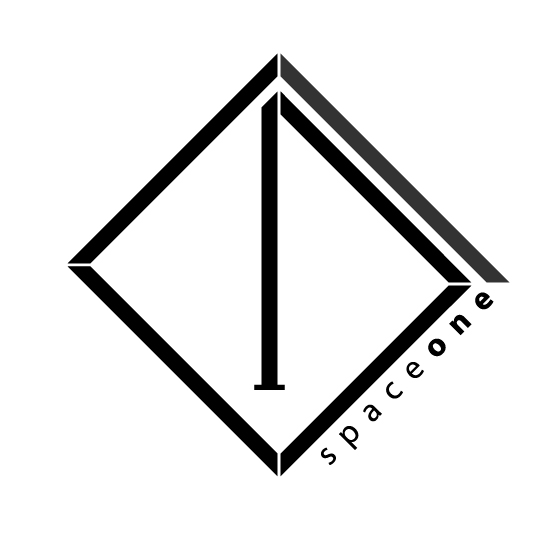켜(끄)다, On/Off
<켜(끄)다, On/Off>는 일상에서 쉽게 볼 수 있는 풍경이나 사물을 다른 방식으로 사유하는 성유삼과 클레가의 작업을 선보인다. 성유삼은 스펀지 특유의 질감을 이용하여 파도의 성질을 재현함으로써 보는 이의 낯섦과 친숙함의 경계에 균열을 만든다. 클레가는 서울에서 흔히 볼 수 있는 인공 폭포에 주목하여 자본주의 체제에서 문화와 관습이 상품화되는 현상을 이야기한다. 인공, 문화, 자연이라는 포괄적인 맥락에서 이들이 포착한 풍경이나 사물은 결국 본디의 성질은 사라지고 인간/사회의 상상력 혹은 욕망 속 아이러니 그 자체로 남는다.
Klega는 후기 자본주의 때 다양한 대상들이 일종의 상품으로 다루어 졌었던 오브제 작업과 같이 문화 형상 연구에 주목한다. 관습과 관행은 눈으로 확인 가능한 가시적 문화이며, 그 형상은 같은 문화 내에서 공유되는 유산이다. 이 중 어떠한 양상은 문화를 뛰어넘어 공유되기도 하며, 문화에 따라 차이를 보이기도 한다. 다양한 문화와 관행을 하나의 이미지로 엮는 것은, 관람자로 하여금 무엇이 나에게 자연스럽게 주어진 것이며, 그 이면에 습득된 것은 어떤 것인지를 반추해보도록 한다. 자본주의 시스템 내에서 ‘예술 작품’이 하나의 상품으로서 욕망이나 혐오의 대상이 되듯, 대상 또한 그것이 예술인지 아닌지, 혹은 우리의 욕망과 상상력을 밝혀내는지와는 상관없이 시스템 안에서 순환한다. 영원과 불멸, 선경(仙境)의 문화적 상징으로서의 ‘폭포’는 현세의 일시적 즐거움을 주기 위한 도구로 전환되었다. 이제 폭포는 인간의 힘에 의해 꺼질 수 있으며, 하나의 기계에 불과하다.
The Landscape Painting : 산수화에서 폭포는 보편적인 수사의 대상이며, 그 안에 다양한 의미를 내포한다. 서울에 위치하는 이 폭포는 마치 한 폭의 동양화처럼 설계되어, 궁극적으로 이미지의 ‘재현’에 그치지 않고 하나의 폭포 자체로서 ‘존재’한다. 이 폭포는 산(山)과 수(水), 음(陰)과 양(陽) 그리고 인류의 득(得)과 행(幸)을 포함하는 온 우주의 움직임과 같은 모든 폭포의 이미지를 ‘재현’한다. 하지만 이 폭포를 켜고 끄듯이 인간이 우주의 흐름을 지배할 수는 없다.
성유삼 작가는 당연한 듯 존재하는 것에 대한 의문들을 모두가 공감하는 상징적 조형물 또는 자연의 이미지를 이용해서 표현한다. 최근 주로 쓰고 있는 재료인 스펀지 폼은 약한 듯 보이지만 강하고, 부드러운 면과 거친 면을 함께 가지고 있는 재료이며, 이는 작가가 낯선 풍경이나 사물을 재현하기에 매력적인 재료이다. 폼으로 재현된 사물들이나 자연의 이미지는 낯섦과 친숙함이 공존한다.
이번 전시에서는 스펀지 폼으로 만들어진 두 개의 설치 작업을 통해 전시장을 낯선 공간으로 만든다. 작업과 공간이 자연스럽게 어우러져 읽히지만, 동시에 경험되지 않은 풍경을 만들어내면서 보이지 않던 것을 드러낸다. 중요한 기능을 잃어버렸지만, 익숙한 모습의 사물 그리고 합성물질로 재현된 파도는 보는 사람의 시각에 따라 다르게 해석될 수 있는 다양한 성질을 함께 가지고 있다. 성유삼은 이러한 작업들을 통해 시각의 다양성에 대해 이야기하고자 한다.
Space one presents 'On/Off' by Yusam Sung and Klega. As urban environment becomes second nature, two artists reflect on water as a play on and off of nature in its hidden layers of everyday normality. Displacing known objects in a location, they recreate and rethink the norm of natural. Yusam Sung focuses on experiential aspect. He uses sponge material to represent a wave in a frozen balancing act, as the separation of familiarity and unfamiliarity collapses. Klega investigates man made waterfalls in Seoul as a way to reflect on technological appropriation of nature.
Klega's work focuses on the research of cultural forms, just like the work with objects was a way of dealing with a variety of items as commodities in late capitalist forms. Habits and practices are visible culture and their forms are a shared inheritance. Some aspects are cross-cultural, others are not. Weaving together such practices into small tableaus of images, invites the viewer to reflect, on what comes naturally and what is the hidden side of normality. Objects, like the works of art are commodities, objects of desire or abjection, they circulate in a capitalist system, whether they are art or not and determine our desires and imagination. The 'waterfall' as a cultural symbol of everlasting generation is turned into temporal entertainment. The waterfall can be turned off, it is only a machine.
In Klega's 'The Landscape Painting' (single channel video, ca. 7 min, 2016), the waterfall is a standard trope of eastern landscape paintings, with manifold meanings. This waterfall in Seoul has been constructed like a painting, an “image” which does not “represent” but “is” a waterfall. This waterfall “represents” all the images of the waterfall as the movement of the whole cosmos: water and mountain, yin and yang, for the benefit and happiness of the people. However, although we can switch a waterfall on or off, we cannot control the movements of the cosmos.
Yusam Sung creates unfamiliarity in familiarity through symbolic form and images of nature. Using sponge material in his recent works, he applies its dual qualities of weakness and strength, soft and rough surface to reproduce everyday landscape and object. In this exhibition, Sung's two installation works, 'Column' and 'Wave' coexist in a strange space. As the object looses its function, viewers are open to interpret the forms in different ways. Sung creates a dialogue on visual diversity through these works.
95-9 Sinheung-ro, Yongsan 2ga-dong
Yongsan-gu, Seoul, 140-022
Phone Number
Your Custom Text Here







